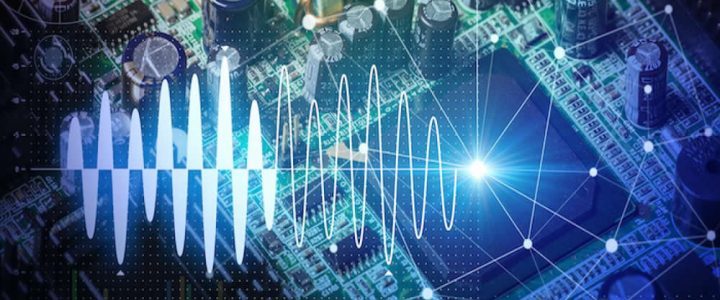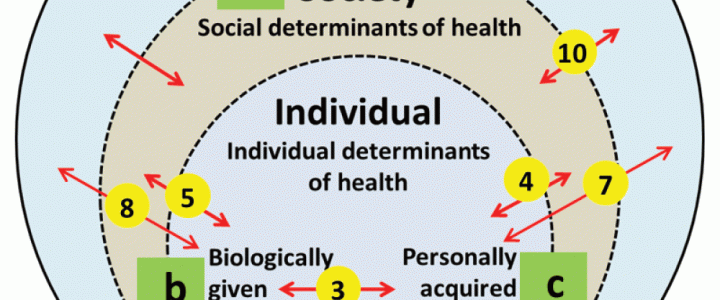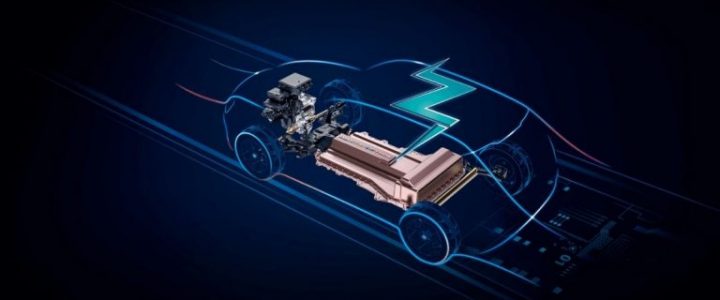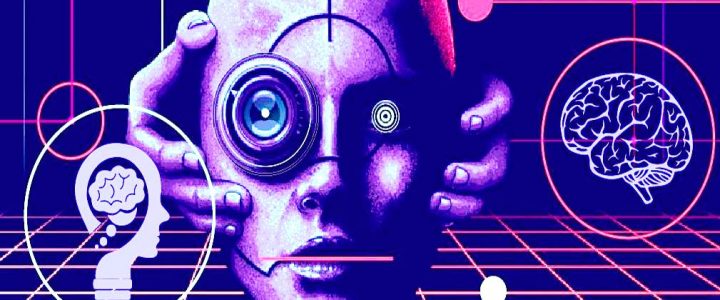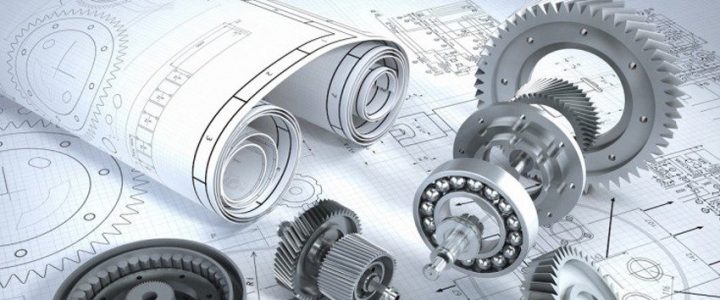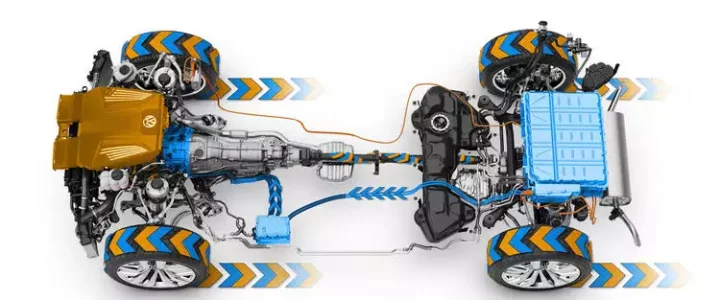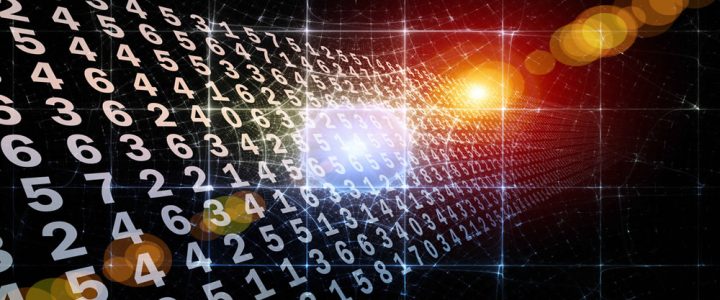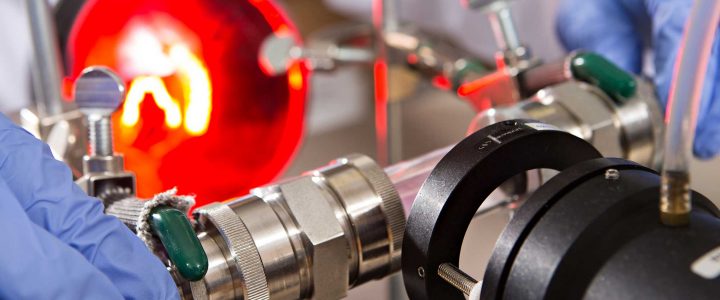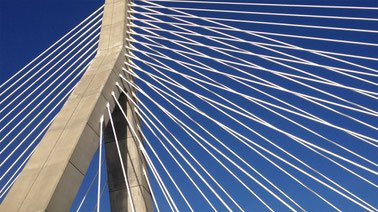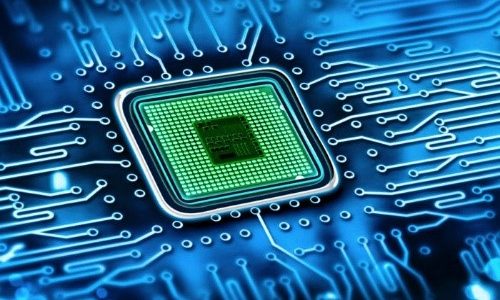| 1 YEAR | II semester | 6 CFU |
| Christian Falconi | A.Y. 2022-23 (since) |
| A.Y. 2023-24 (new block E) | |
| Code: 80300103 SSD: ING-INF/01 |
FORMATIVE OBJECTIVES
LEARNING OUTCOMES:
The goal is to teach the fundamental principles and tools for designing electronic interfaces.
The contents of the course have general validity, but the focus will be on electronic interfaces for mechatronics.
The course is oriented toward design.
KNOWLEDGE AND UNDERSTANDING:
Students will need to know and understand the fundamental principles and tools for the analysis and design of electronic interfaces.
APPLYING KNOWLEDGE AND UNDERSTANDING:
Students will have to demonstrate that they are able to design electronic interfaces.
MAKING JUDGEMENTS:
Students will be able to evaluate the design of electronic interfaces.
COMMUNICATION SKILLS:
The students, in addition to illustrating the fundamental principles and tools for the design of electronic interfaces, must be able to explain each design choice.
LEARNING SKILLS:
Students must be able to read and understand scientific texts and articles (also in English) concerning electronic interfaces.
PREREQUISITES
Thévenin equivalent circuit.
Norton equivalent circuit.
Laplace transform
Fourier transform
Syllabus:
Fundamentals on electronic devices.
Equivalent circuits (mechanic systems, thermal systems,…).
Diode circuits.
Transistor circuits.
Nullors.
Operational amplifiers (op amps).
Universal active devices.
Non-idealities of op-amps and other universal active devices.
Op-amp circuits.
Simulations of electronic circuits (SPICE).
Electronic interfaces.
Circuits for mechatronics (design examples).
 UNIVERSITA' DEGLI STUDI ROMA "TOR VERGATA"
UNIVERSITA' DEGLI STUDI ROMA "TOR VERGATA"